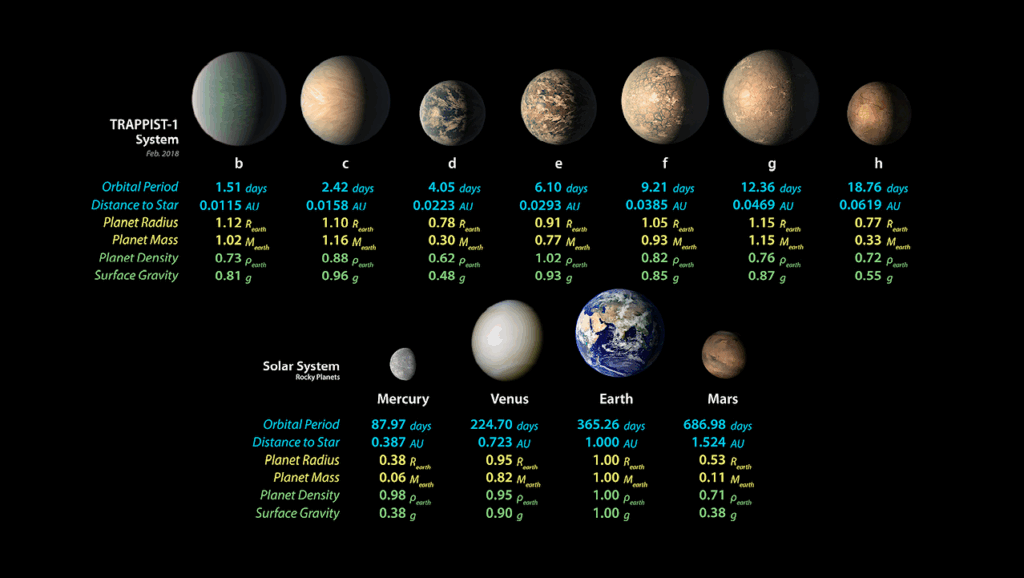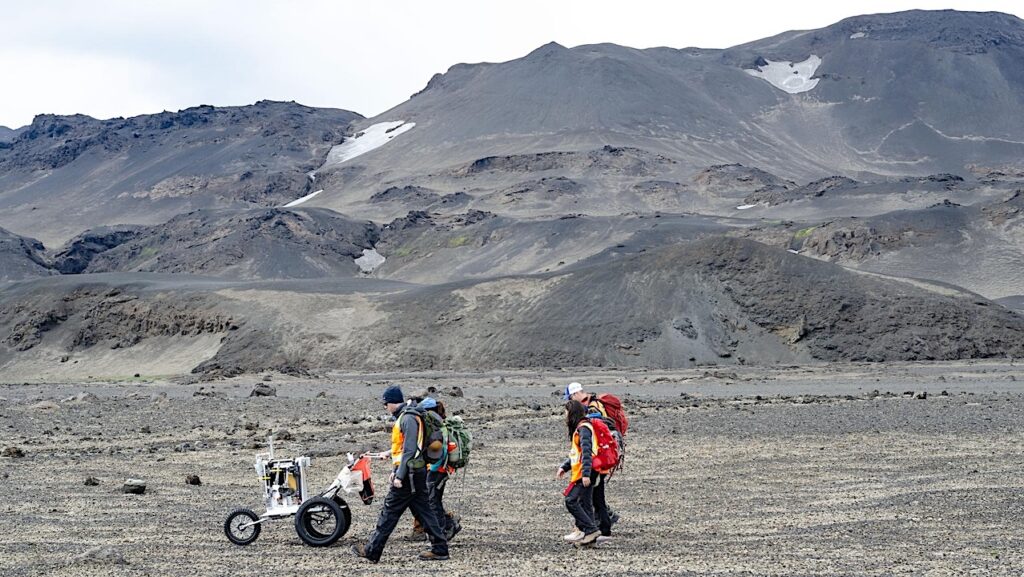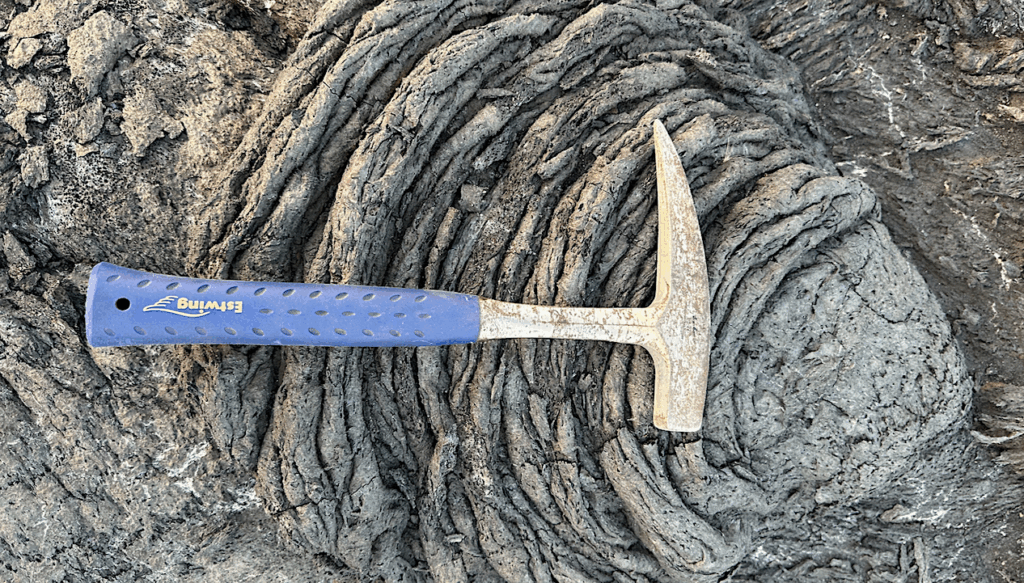Former USGS Geologist Lauren Edgar Selected As A NASA Astronaut Candidate

Meet Lauren Edgar, once a geologist studying the Earth, Moon, and Mars, now one of NASA – National Aeronautics and Space Administration’s newest astronaut candidates!
Before joining NASA, Lauren Edgar was a research geologist at our USGS Astrogeology Science Center in Flagstaff, AZ, where she studied the Earth, Moon, and Mars.
She led the Terrestrial Analogs for Research and Geologic Exploration Training (TARGET) program at the USGS, training scientists and astronauts in extreme places like Iceland, Arizona, New Mexico, and Antarctica to prepare for future Moon and Mars missions.
Lauren has 17+ years of experience supporting Mars rover missions, defining science goals for NASA’s Artemis III mission, and training astronauts and engineers for geology in space.
Join us in congratulating Lauren Edgar on becoming part of NASA’s 2025 Astronaut Candidate Class!
Astrobiology, Astrogeology,








